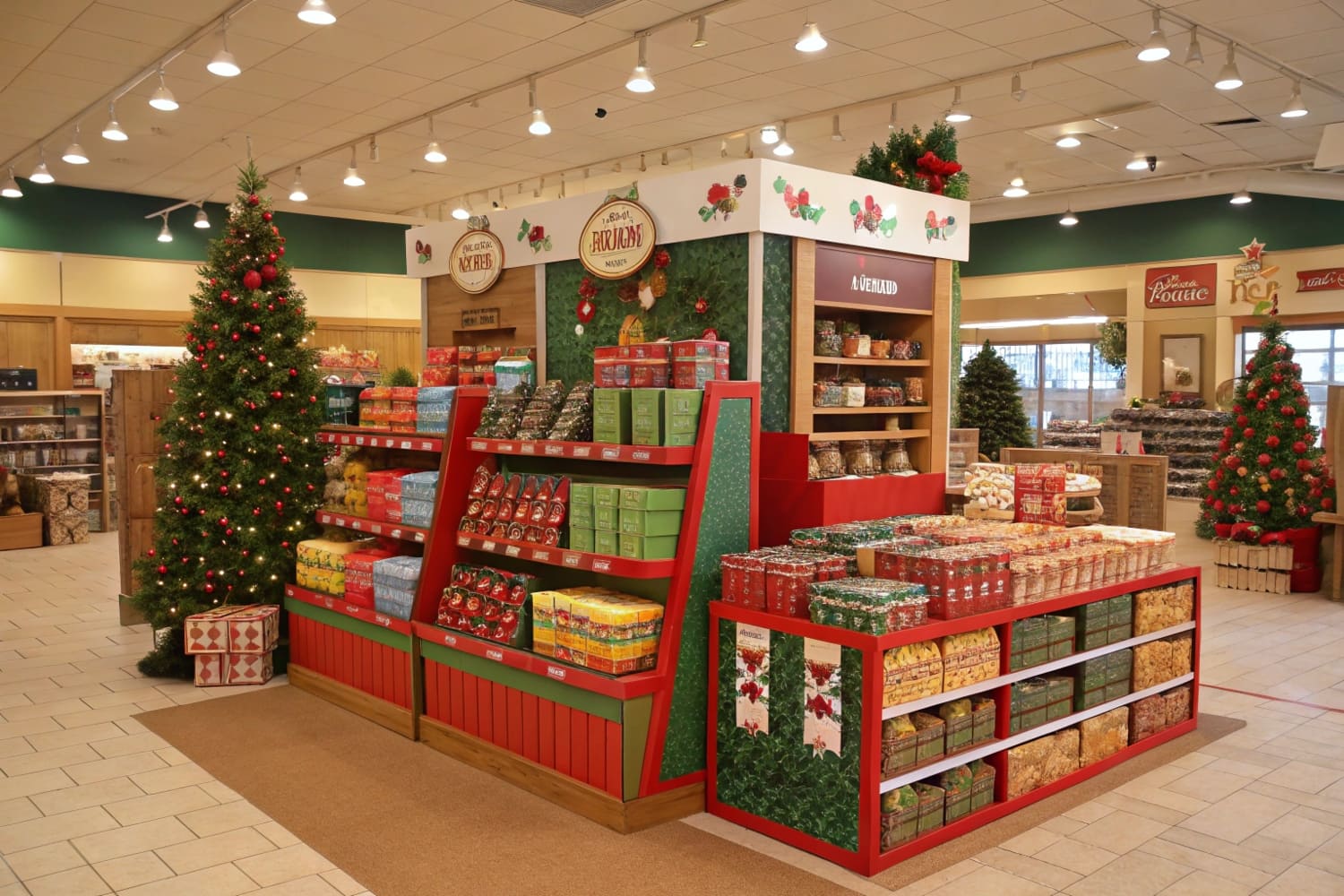To make your store stand out in today’s competitive retail world, a solid visual merchandising strategy is essential. It not only attracts customers but also enhances their shopping experience.
A well-designed visual merchandising strategy can significantly boost sales, improve brand recognition, and enhance customer satisfaction. It’s about creating an attractive, engaging environment that invites customers to explore more.
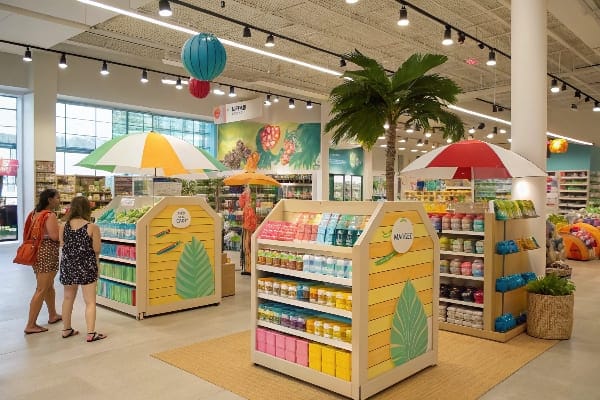
Visual merchandising is the art of presenting your products in a way that grabs attention and encourages purchase. But how do you develop a strategy that will work effectively in your store? Let’s dive into the key components that will help you elevate your visual merchandising game.
How do you develop a merchandising strategy?
A merchandising strategy is the blueprint for how you display your products to the customer. It needs to be thoughtful, appealing, and aligned with your brand’s message.
Developing a merchandising strategy requires understanding your target market, knowing your products inside out, and having a clear goal for what you want to achieve with the displays. This includes defining the customer journey, creating focal points, and designing a cohesive visual narrative.
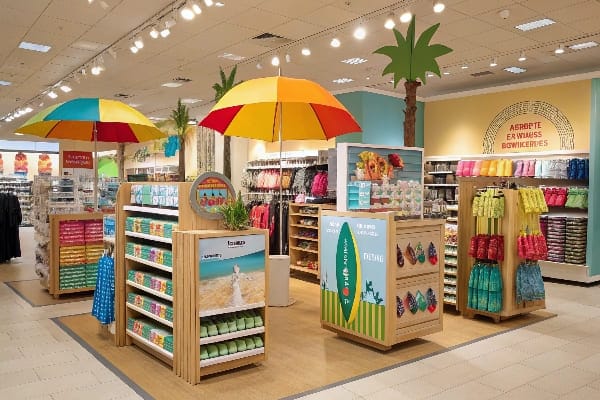
To develop a merchandising strategy1, start by researching your audience and identifying the trends that resonate with them. Once you know what appeals to them, consider your store’s layout2 and how you can place products in a way that leads customers through the store in a seamless flow. The use of color, lighting, signage, and product placement should all contribute to enhancing the shopping experience3.
Here are some steps to create a strategy:
- Analyze Customer Behavior4: Understand how your customers shop. Are they impulse buyers or do they need to browse for a while? This insight helps in designing displays that guide them to purchase.
- Identify Store Layout5: Whether it’s grid, free-flow, or loop, your store’s layout will influence how products should be displayed.
- Product Grouping6: Group similar items together or create themed displays that tell a story, helping customers make connections between products.
- Create Focal Points: Highlight best-sellers or new arrivals with special lighting, colors, or signage to capture attention.
How can I be a good visual merchandising?
Being a good visual merchandiser means you have the skill to design engaging and effective displays that drive sales and reflect the brand’s identity.
To be a good visual merchandiser, you need creativity, an eye for detail, and an understanding of consumer psychology. It’s all about creating displays that not only catch the eye but also trigger an emotional response, encouraging customers to buy.
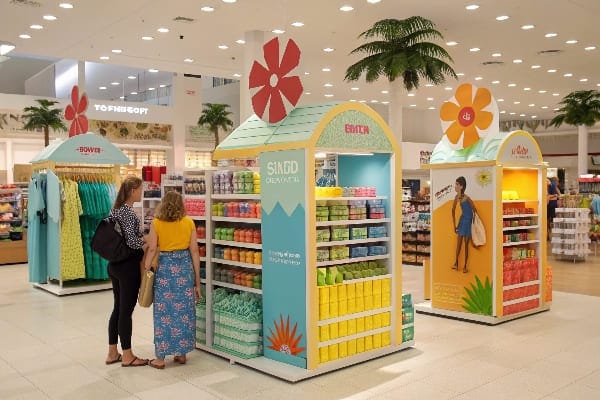
A good visual merchandiser7 doesn’t just arrange products haphazardly; they craft an experience. Whether it’s through color, texture, lighting, or movement, a good merchandiser knows how to keep customers engaged and interested. A few tips to improve your skills:
- Know Your Brand: Your merchandising style8 should reflect your brand’s identity. It should be consistent with your messaging, both in-store and online.
- Think Like Your Customer: Understand your target audience’s needs, desires, and pain points. Your displays should speak directly to them.
- Stay Trendy: Keep up with current trends in retail design9 and consumer behavior. Being aware of these trends helps you stay relevant.
- Use the Right Tools: Technology can help in designing, testing, and measuring your displays. Use software tools to simulate how different setups might work in your space.
What makes a visual merchandiser successful?
Success in visual merchandising isn’t just about aesthetics—it’s about creating a space that encourages customers to engage with your products and, ultimately, make a purchase.
A successful visual merchandiser combines creativity with practical skills to enhance the customer experience and drive sales. They have a deep understanding of the brand, products, and customer psychology, creating displays that sell.
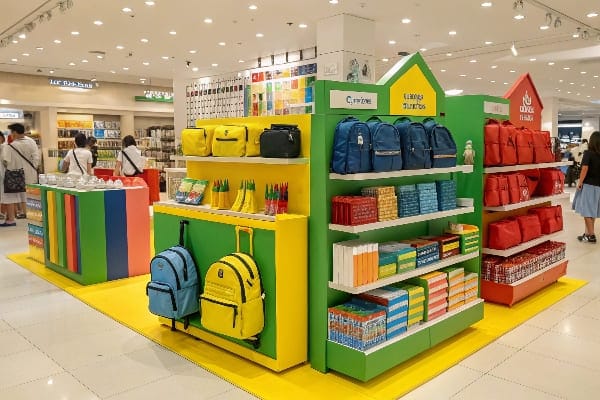
A successful visual merchandiser understands the broader business goals and ensures that every display aligns with those objectives. They can measure the impact of their displays, tweaking and adjusting them for maximum effectiveness. Factors contributing to their success include:
- Attention to Detail10: Every element of the display, from color schemes to product placement, matters. Consistent attention to detail helps maintain brand integrity and makes a lasting impact.
- Adaptability11: The retail environment is always changing, and so is customer behavior. A successful merchandiser stays flexible and can adapt displays based on feedback and market trends.
- Collaboration: Working closely with other departments such as marketing, sales, and even product development ensures that the visual strategy aligns with all aspects of the business.
- Data-Driven Approach12: A good merchandiser knows how to interpret data from sales and foot traffic to make informed decisions about future displays.
Which visual merchandising strategy can help you?
Choosing the right visual merchandising strategy depends on your store’s size, target audience, and the type of products you sell. Different strategies can help you achieve different goals, whether it’s increasing sales, improving customer experience, or reinforcing brand identity.
A good visual merchandising strategy matches the brand’s goals with the customer’s expectations. Whether it’s the use of seasonal displays, color blocking, or themed windows, your strategy should captivate attention and drive purchases.
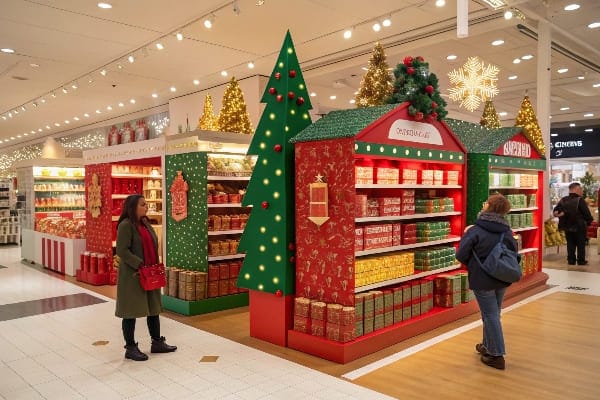
Here are a few strategies that can enhance your store’s visual appeal:
- Thematic Displays13: Group products by themes that resonate with your target audience. For example, create a holiday-themed display to boost sales during festive seasons.
- Color Blocking14: Use contrasting colors to make your products stand out. Color can convey emotions and draw customers to specific areas of the store.
- Interactive Displays: Incorporate elements that encourage customers to engage with the display. This could be a touch-and-feel experience or a DIY section where they can customize their product.
- Cross-Merchandising15: Display complementary items together to encourage customers to purchase more. For example, pair a shirt with matching accessories or shoes.
- Lighting Techniques: Proper lighting can emphasize certain products and make displays more visually appealing. Use lighting to create focal points and highlight your best-sellers.
Conclusion
In conclusion, an effective visual merchandising strategy involves understanding your brand, knowing your customers, and using creative displays that drive engagement and sales.
Explore this link to discover effective techniques and insights for creating a successful merchandising strategy that resonates with your audience. ↩
Understanding store layout can significantly enhance customer experience; this resource will provide valuable insights into effective layouts. ↩
This link will guide you through essential elements that can elevate the shopping experience for your customers, making it more enjoyable and effective. ↩
Understanding customer behavior is crucial for tailoring your retail strategy. Explore this link for insights on effective analysis techniques. ↩
The layout of your store can significantly impact sales. Discover how different layouts influence customer behavior and shopping experience. ↩
Effective product grouping can enhance customer experience and boost sales. Learn about best practices to optimize your displays. ↩
Explore this link to discover essential strategies and insights that can elevate your visual merchandising skills. ↩
Learn how to create a merchandising style that resonates with your brand identity and attracts your target audience effectively. ↩
This resource will provide you with up-to-date trends that can inspire your retail design and keep your displays fresh and engaging. ↩
Explore this resource to understand how attention to detail can enhance your visual merchandising strategy and brand integrity. ↩
Learn why being adaptable in visual merchandising is crucial for staying relevant and meeting customer needs in a dynamic market. ↩
Discover how leveraging data can transform your visual merchandising efforts and lead to better sales outcomes. ↩
Explore this link to discover innovative ways to create thematic displays that resonate with your audience and boost sales. ↩
Learn how color blocking can attract customers and enhance the visual appeal of your store displays. ↩
Find out how cross-merchandising can increase sales by encouraging customers to buy complementary products together. ↩

